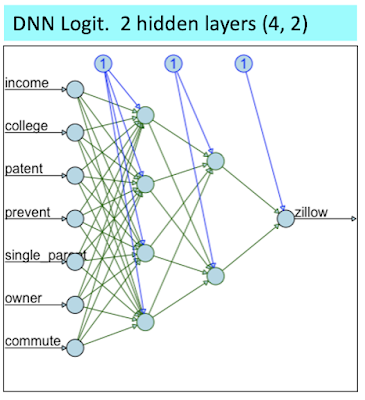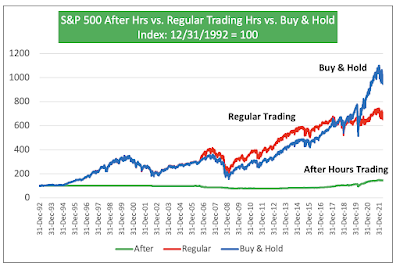Employees from schools and local and State agencies were carved out of the Social Security system since the first half of the 20th century. Instead, they receive public pensions funded by State taxpayers. This has had material financial implications for school districts and local and State agencies nationwide.
Here I am focused on the California Public Employees' Retirement System (CalPERS), the largest public pension fund in the US, that manages the pensions for 1.5 million California public employees.
I also give a close look at the related pension financial burden on the Marin Municipal Water District (MMWD). This is the Water District where I live. And, as we shall soon observe the related CalPERS financial burden on the MMWD does not appear sustainable. This is a concern given that the MMWD needs to undertake major projects to increase its water supply. These projects would require large bond issuances which could be compromised by the mentioned pension financial burden.
You can see the complete study at the following URLs:
CalPERS pensions and Social Security are very different on several counts.
First, Social Security is very progressive. Higher earners have proportionally far lower pensions than lower earners. The graph below shows how high earners making $140 K have far lower salary replacement rates than lower earners at any age ranging from retiring at 62 to as late as 70 (the oldest age allowing for accrual of Social Security benefits.
I calculated all above estimates using a really handy tool.
Social Security Quick Calculator
CalPERS pensions do not work like Social Security. They are not progressive. Instead, they are neutral. Their pension salary replacement rate in % is not affected by salary level. Additionally, CalPERS pensions are a lot more generous than Social Security as shown on the tables below. Indeed, the CalPERS salary replacement rates are invariably a lot higher than Social Security, regardless of age and salary.
Another way to measure how much more generous are CalPERS pensions is to look at the multiple of replacement rate (CalPERS divided by Social Security, respective replacement rates). As shown, on the tables below, CalPERS pensions are 2.5 to 4.1 times as generous as Social Security.
Of course such pension generosity does not come free. And, the majority of the financial burden is on the public employers (ultimately the State taxpayers). The CalPERS pensions funding requirements on public employers is about 4 times greater than for private employers Social Security funding requirements.
CalPERS projections of employers' funding requirements are highly volatile and sensitive to recent market trends. Last year, CalPERS forecasted that such funding requirements would rapidly increase over the next few years. A year later, they completely reversed that trend. Who knows what their forecasts will be over the next few years.
If we now focus on the MMWD, we can observe that the CalPERS financial burden does not appear sustainable.
From 2015 to 2021, the MMWD pension contribution rose very rapidly from 23.3% to 38.7% of payroll. Yet, these increases in pension contributions were not enough as the related unfunded pension liabilities kept on rising from 13.4% of the balance sheet in 2015 to 18.8% in 2021.
If public employees would have remained within the Social Security system, the MMWD's finances would be in far better shape nowadays. The table below compares the actual MMWD's financial condition in fiscal 2021 with CalPERS pensions vs. what it would be if its pensions were within the Social Security system. As can be seen on all specific counts of financial conditions, the MMWD would have been far better off with the Social Security system. It has no choice in this matter. But, it is interesting to uncover the drastic difference in the financial burden of the two very different pension systems.











































